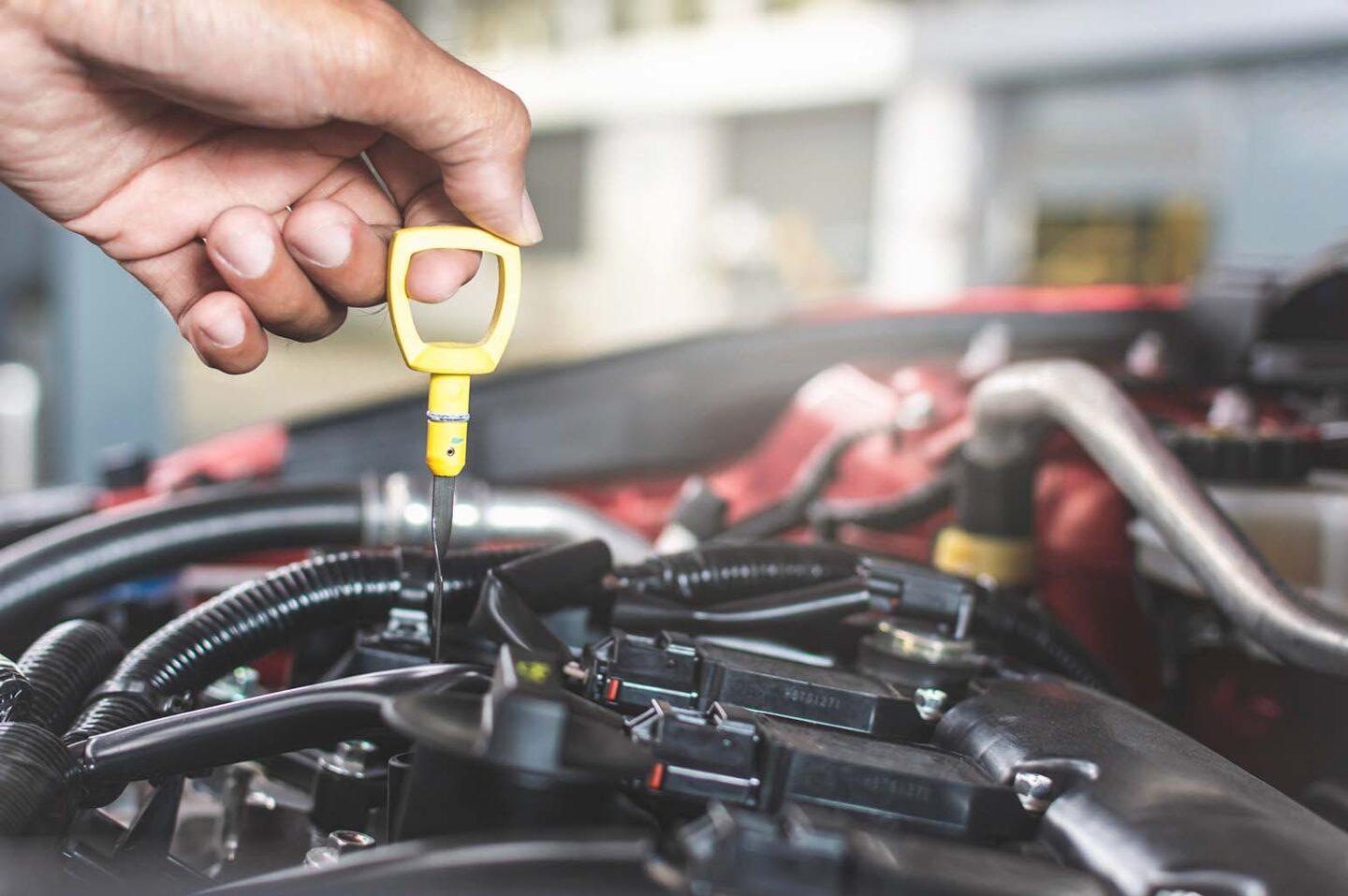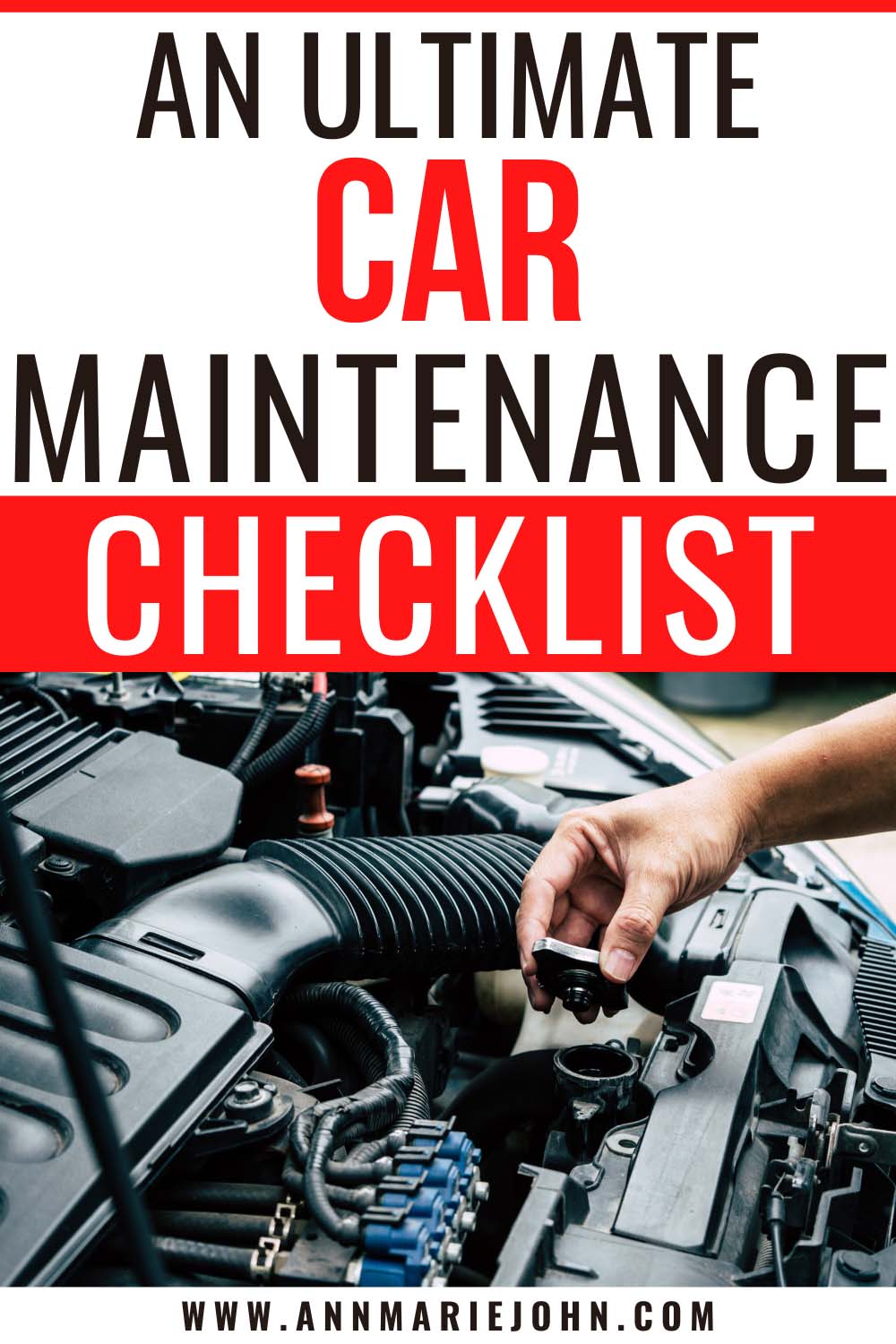Ensure your vehicle’s longevity with our comprehensive car maintenance checklist. Stay safe and avoid unexpected breakdowns.

Regular car maintenance is essential for ensuring the longevity and performance of your vehicle. By following a comprehensive car maintenance checklist, you can not only extend the life of your car but also ensure your safety on the road. In this blog, we will explore the key components of an ultimate car maintenance checklist and why it’s crucial to adhere to it.

Engine Maintenance
The engine is the heart of your car, and proper maintenance is vital for its smooth operation. This includes regular checks and changes of the engine oil, inspection and replacement of the air filter, and monitoring of the coolant levels and condition to prevent overheating and corrosion. Skilled technicians at various auto repair facilities offer engine maintenance and repair services to ensure the smooth operation of vehicles.
To maintain optimal engine health and performance, experts in auto repair advise changing the engine oil on a regular basis, typically every 5,000 to 7,500 kilometers. By adhering to these engine maintenance tips and seeking professional assistance when needed, vehicle owners can ensure the reliability and efficiency of their engines, contributing to a safe and enjoyable driving experience.
Fluid Checks
Regular fluid checks are an essential part of vehicle maintenance. Checking and maintaining various fluids, such as engine oil, coolant, brake fluid, and transmission fluid, is crucial for ensuring the proper functioning and longevity of the car.
Monitoring fluid levels and conditions at regular intervals, as recommended by the vehicle manufacturer, can help prevent potential issues and ensure optimal performance. Additionally, addressing any fluid leaks or replenishing low levels promptly can contribute to the overall safety and reliability of the vehicle, making fluid checks a fundamental aspect of proactive car care.
Tire Care
Your car’s tires play a critical role in safety, handling, and fuel efficiency. Regular inspection and maintenance are essential for extending their lifespan and preventing blowouts or accidents. Check tire pressure at least once a month using a reliable pressure gauge, and adjust it to the manufacturer’s recommended level.
Inspect tires for signs of wear, such as uneven tread wear, cuts, bulges, or punctures. Rotate tires every 5,000 to 7,500 miles to ensure even wear and maximize their lifespan. Additionally, have your tires professionally balanced and aligned annually or if you notice steering wheel vibrations or uneven tire wear.
Replace Air Filters
Air filters play a crucial role in your car’s engine performance and fuel efficiency by preventing dirt, dust, and debris from entering the engine. Over time, air filters become clogged and less effective, reducing airflow and engine efficiency.
Check your car’s owner’s manual for the recommended interval for air filter replacement, typically every 12,000 to 15,000 miles. However, if you frequently drive in dusty or polluted environments, you may need to replace it more often. A clean air filter not only improves engine performance but also reduces harmful emissions and prolongs engine life.
Battery and Electrical System
The battery and electrical system are pivotal components of a vehicle’s functionality. Regular inspection and maintenance of the battery, alternator, and other electrical components are imperative for ensuring reliable vehicle operation. Checking for corrosion, testing the battery’s charge, and inspecting the wiring and connections can help prevent unexpected breakdowns.
Additionally, ensuring the proper functioning of electrical systems such as lights, power windows, and the car’s charging system is essential for safety and overall vehicle performance. By prioritizing battery and electrical system maintenance, drivers can mitigate the risk of electrical failures and ensure a dependable driving experience.
Inspect Brakes and Suspension Components and Replace Pads
Brakes are arguably the most crucial safety feature of your vehicle, so it’s essential to keep them in top condition. Regular inspection and maintenance of brakes can prevent accidents and costly repairs down the line. Check brake pads and discs for wear and tear, including thickness, cracks, or scoring.
Listen for squealing or grinding noises when applying the brakes, as these may indicate worn brake pads or rotor damage. Replace brake pads if they are worn beyond the manufacturer’s recommended thickness, typically between 1/8 to 3/16 inches. Inspect brake lines and hoses for leaks or corrosion, and ensure proper fluid levels in the brake reservoir.
Additionally, inspect suspension components such as shocks, struts, control arms, and bushings for wear, damage, or leaks. Addressing issues with brakes and suspension promptly can prevent accidents and ensure a smooth, comfortable ride. Have your brake system inspected annually by a professional mechanic to ensure proper function and safety.
Test Lights and Signals
Properly functioning lights and signals are essential for visibility and safety, especially at night or in adverse weather conditions. Regularly check all exterior lights, including headlights, taillights, turn signals, brake lights, and reverse lights.
Replace any burned-out bulbs immediately to maintain visibility and comply with traffic laws. Test your horn, windshield wipers, and washer fluid regularly to ensure they are in working order. Additionally, inspect headlights for proper alignment and cleanliness to maximize visibility while driving at night.
Check Belts and Hoses
Belts and hoses play a critical role in your car’s engine and cooling system, so it’s essential to inspect them regularly for signs of wear or damage. Check belts for cracks, fraying, or glazing, and replace them if they show any signs of deterioration. Inspect hoses for leaks, bulges, or soft spots, particularly around connection points and bends.
Replace any worn or damaged belts and hoses to prevent coolant leaks, overheating, or engine damage. Additionally, ensure belts are properly tensioned according to the manufacturer’s specifications to prevent slippage or premature wear.
Exterior and Interior Care
Regular cleaning and maintenance of your car’s exterior and interior not only keep it looking good but also protect it from damage and deterioration. Wash your car regularly to remove dirt, grime, and corrosive substances that can harm the paint and finish.
Waxing your car every few months provides an additional layer of protection against the elements and helps maintain its shine. Inspect exterior surfaces for scratches, dents, or rust spots, and address them promptly to prevent further damage. Inside the car, clean and vacuum regularly to remove debris and prevent stains on upholstery and carpets.
Use interior protectants to condition and preserve dashboard, trim, and leather surfaces. Keeping your car clean and well-maintained enhances its appearance, resale value, and overall enjoyment.
Check Safety Equipment
Safety should always be a top priority when maintaining your vehicle, and that includes ensuring all safety equipment is in good working condition. Test your car’s safety features, including seat belts, airbags, and anti-lock brakes, to ensure they deploy correctly in an emergency. Inspect seat belts for fraying, cuts, or signs of wear, and replace them if damaged.
Check airbags for warning lights on the dashboard or any other indications of malfunction, and have them inspected by a professional if necessary. Test anti-lock brakes by applying firm pressure to the brake pedal in a safe, open area to ensure they engage properly without skidding.
Additionally, make sure your car’s safety equipment, such as reflective triangles or a first aid kit, is present and up-to-date. Regularly maintaining and testing safety equipment can save lives in the event of an accident, so don’t overlook this critical aspect of car maintenance.
Regular Servicing Schedule
In addition to the specific maintenance tasks outlined above, it’s crucial to perform regular, comprehensive vehicle inspections to identify any potential issues. Inspect the underside of your car for signs of leaks, such as oil, coolant, or transmission fluid. Check suspension components for wear or damage, including shocks, struts, and bushings. Inspect steering and alignment for looseness or play, as well as abnormal tire wear patterns.
Test the functionality of safety features such as seat belts, airbags, and anti-lock brakes to ensure they are working correctly. Finally, listen for any unusual noises, vibrations, or odors while driving, as these may indicate underlying mechanical issues that require attention. Performing regular vehicle inspections allows you to catch problems early and address them before they escalate, ensuring your car remains safe, reliable, and efficient.
In Conclusion
Adhering to a comprehensive car maintenance checklist is key to ensuring the safety, performance, and longevity of your vehicle. By regularly inspecting and maintaining various components, you can enjoy a smooth and trouble-free driving experience while also extending the life of your car. We encourage readers to use this ultimate car maintenance checklist to keep their vehicles in top condition and enjoy the benefits of a well-maintained car.
